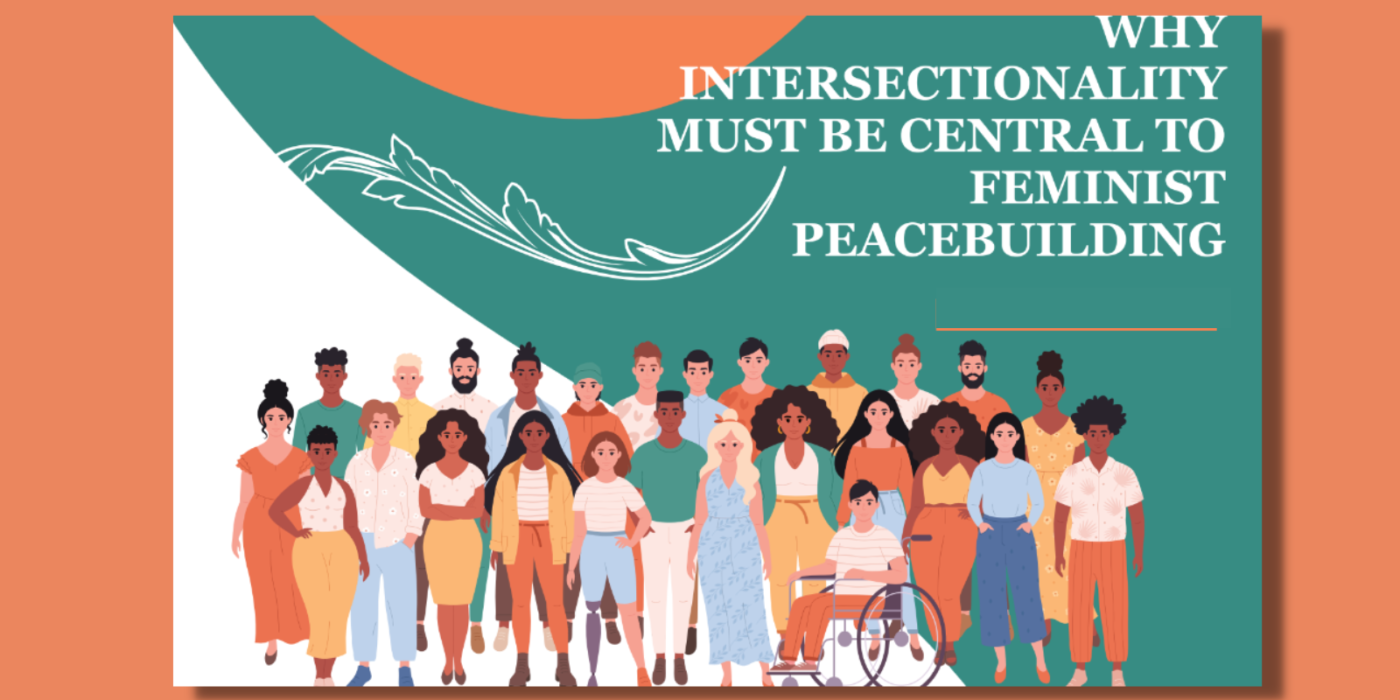By Pauline Kahuubire
Feminist peacebuilding acknowledges that women, men, girls, and boys in society experience conflict differently and recognizes the key roles that women and other marginalized groups play in peacebuilding and conflict resolution. Intersectionality points to the ways systems of inequality based on gender, race, ethnicity, sexual orientation, disability, class, and other forms of discrimination mutually reinforce one another to create unique dynamics and effects of conflict on vulnerable persons.
This article argues that an approach to peacebuilding that does not include other dimensions such as socio-economic status, immigration status and other inequalities is likely to reinforce injustices among women and girls. It explores the disproportionate impact of conflict on women, highlights challenges to their participation in peacebuilding and offers recommendations for prioritizing the needs of women and other groups of people who face structural barriers in society.
By their nature, and because of the patriarchal societies that we live in, conflicts disproportionately affect women and girls. Last year, rape and other forms of violence against women in conflict settings increased by 20% globally. In Goma, the Democratic Republic of Congo where the government is currently fighting M23 rebels, the face of displacement is female – a baby in one hand, a
mattress in the other. Moreover, conflicts are unpredictable, especially in the
absence of adequate early warning and response systems, where it is difficult to anticipate when conflicts will end. As a result, the immediate and short-term responses usually focus on dealing with the impact.
When the guns are blazing, it is difficult to assess the effectiveness of the response.
It is only when the guns go silent and grievous harm has been done that actors realize two crucial things. First, women and girls bear the brunt of the conflict, considering other structural violence suffered based on class, sexual orientation, or ethnic background. Secondly, women are essential to responding to conflict situations for recovery efforts to be effective and sustainable.
Conflict resolution and response interventions are beginning to involve women although at a much slower pace than desired. According to the 2021 United Nations Secretary General’s Report on Women, Peace and Security, only 8 out of 25 peace agreements in 2021 referenced women. Most recently, during the handshake that affirmed the Ethiopia-Tigray truce, only male hands were seen although history shows that peace agreements that excluded women have failed, as observed with the first Agreement on the Resolution of the Conflict in South Sudan in 2015
For young women, traditional structures, customs, and values prevent their effective participation in formal peacebuilding. The lack of access to information, threats, violence, lack of access to economic resources and opportunities, as well as unpredictable and inadequate funding, especially for grassroots women and youth organizations prevent their participation in decision-making and peacebuilding.
Sometimes we are discriminated against because of the assumption that we do not know anything. As a young person, and especially a young woman, I am one of the most affected by war and conflict. Our presence in decision-making and peacebuilding is important because interventions will be influenced by our experiences. Elizabeth Yuol, a young woman South Sudanese refugee living in Uganda
Furthermore, when women are included in peacebuilding interventions, oftentimes they are engaged as a homogenous group, with similar experiences and concerns. That a younger woman faces the same challenges as an older woman, that a woman with a disability lives the same reality as an abled woman refugee, that a woman living in an urban refugee settlement has the same concerns as one in a rural internally displaced peoples’ camp and that the individual needs of all these women should not be independently examined when creating solutions to crises.
Intersectional feminist peacebuilding asserts that when taken as a whole, without considering the individual needs of all women and girls, there are bound to be unresolved issues and with unresolved issues, conflicts are likely to reoccur. The cycle ends in increased vulnerability of women to discrimination, sexual violence, and violent extremism in some instances.
Feminist peacebuilding also recognizes the intersections between patriarchy and other systems of oppressions such as capitalism, ageism, classism, authoritarianism, and colonialism and how they exacerbate inequalities against women and girls during conflicts and crises. It suggests that there should not be a one-size fits all to humanitarian response.
For instance, at the onset of the COVID-19 pandemic, global response measures involved the use of quarantines and lockdowns to contain the spread of the virus. This measure did not consider how confinement would affect women and girls in their varied diversities. Women working in markets in Uganda were forced to sleep in the markets to continue earning a living and yet their safety was not guaranteed. If women had been consulted, they would have proposed alternatives that worked for them.
Therefore, for future crises, women must be engaged to ensure they have an opportunity to highlight solutions that will not leave them adversely affected. Deliberate action must be taken to ensure that all categories of women are included in terms of class, sexuality, ethnicity, and disability as recognized by the Women and Peace and Security (WPS) agenda, the Youth and Peace and Security (YPS) agenda and the Sustainable Development Goals (SDGs).
Secondly, in most communities, women are the glue that hold the social fabric together. This makes them critical actors in rebuilding societies that have experienced conflict. They participate in door-to-door peacebuilding campaigns and mediate conflict situations at family and communal level, which exposes them to the risk of being attacked. Across the globe, women human rights defenders have increasingly been targeted with attacks that silence their advocacy and prevent them from participating in public life.
In Uganda, Sarah, a middle-aged South Sudanese woman living in a refugee settlement in Adjumani district was trained by Women’s International Peace Centre as a peace mediator. She told me about an incident where she felt that her life was in danger. Using the skills acquired from the previously mentioned training, she would approach families that appeared to be experiencing domestic disputes and where violence was evident and attempt to intervene. On one occasion, the male perpetrator threatened to attack her too citing her interference in domestic matters.
Still in Uganda, an election peace advocate trained by the Women’s Situation Room in Mityana district was violently attacked because her message of peace was construed as support for the ruling government. An intersectional approach to feminist peace must consider such risks and ensure that women in peacebuilding are protected, not stigmatized or subject to other forms of violence such as political violence. It guarantees an enabling and safe environment for women working on peace and security and ensures that they do not face reprisals for their work.
Next, the need for relevant data to inform policies on women’s rights and participation cannot be stressed enough. In most of the evidence presented on conflict, women are invisible which translates in their erasure from policy interventions. Thus, using feminist lenses to document and capture the lived realities of all women will generate evidence for policy response. Data must detect and question existing gender inequalities and systems of oppression, and how they intertwine to affect women and girls in fragile settings.
Relatedly, relevant information should be made available for women to participate in peace processes. Profile refugee women and how they are disconnected from their home countries. Because there are weak linkages between them and women in their home countries, they find it difficult to keep up with peace processes and influence their outcomes. Information should be made readily accessible for women to keep track of relevant events and circumvent the evolving tactics of conflict. It is important that critical information such as peace agreements should be translated into local languages that are easily understood by most women.
If peace tables prioritize the needs of warlords over women, that should be an indication to do away with the tables. Because peace is not built overnight, strengthening collective power, and taking collective action in peacebuilding needs to be promoted to ensure sustainability. An intersectional and non-discriminatory approach to feminist peacebuilding has the power to bridge movements and identities and kickstart change by dismantling unequal power structures while centering the needs and experiences of marginalised groups.
At the end of the day, feminist peace building must recognise and respond to the systemic drivers of inequality and use emergencies as catalysts to advance women and girls’ rights. Even within itself, it must identify unjust formal and informal power relations by regularly critiquing the extent to which its structures and processes reinforce oppressive power relations through humanitarian action.
NOTE: This article is an extract from the Feminist Pace Series, 3rd Edition. Download the full Magazine here: How to Build Feminist Peace Using an Intersectional Perspective



